Latest NRAO News
News is managed by NRAO News & Public Information. Questions about News? Have a story to share? Want to interview a scientist or create new media about our telescopes?
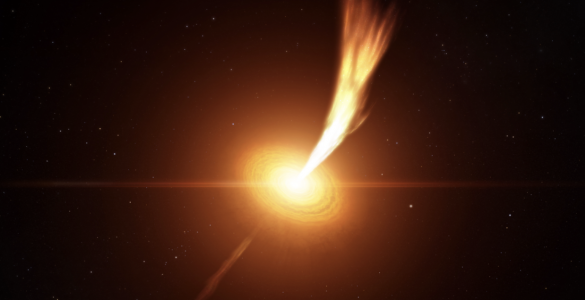
The new NSF VLBA New Digital Architecture (VNDA) produced its first fringes and subsequent images in January 2025, demonstrating the successful implementation of next-generation technology that will enhance the NSF VLBA’s scientific capabilities for years to come.
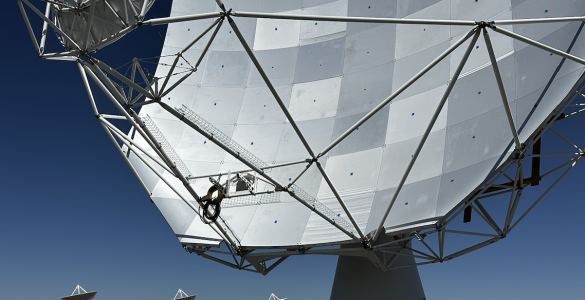
mtex antenna technology GmbH officially handed over the prototype antenna for the proposed Next Generation Very Large Array (ngVLA) to the U.S. National Science Foundation National Radio Astronomy Observatory (NSF NRAO) at a ceremony held at the NSF Very Large Array site on the Plains of San Agustin, New Mexico.

The U.S. National Science Foundation (NSF) has announced a new coordination agreement with AST SpaceMobile to address the impact…
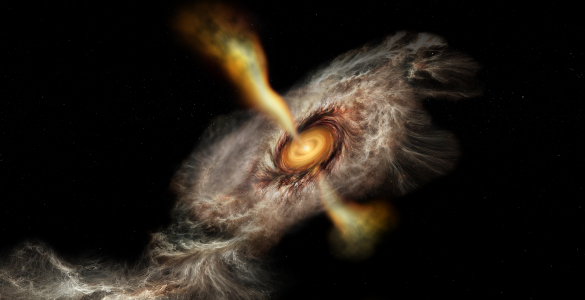
By observing the young star HW2 in Cepheus A, located 2300 light years from Earth, researchers have resolved the structure and dynamics of an accretion disk feeding material to this massive star. This finding sheds light on a central question in astrophysics: how do massive stars, which often end their lives as supernovae, accumulate their immense mass?
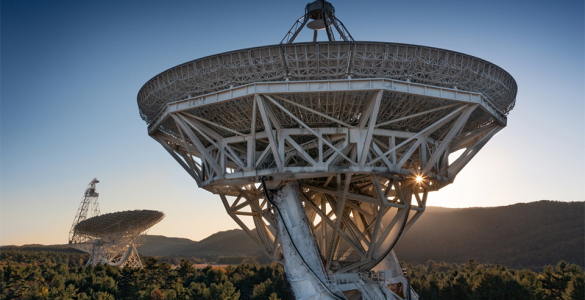
The NRAO Jansky Fellowship Program is designed to support outstanding early-career scientists and engineers in conducting independent research related…
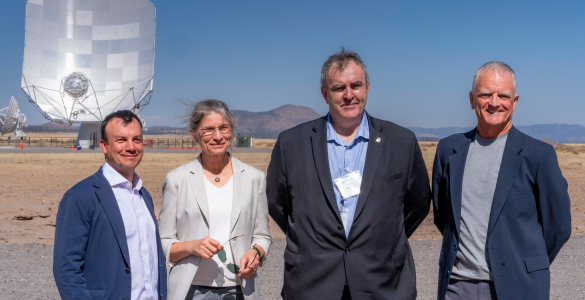
The U.S. National Science Foundation National Radio Astronomy Observatory (NSF NRAO) and the University of Florida (UF) have announced…





